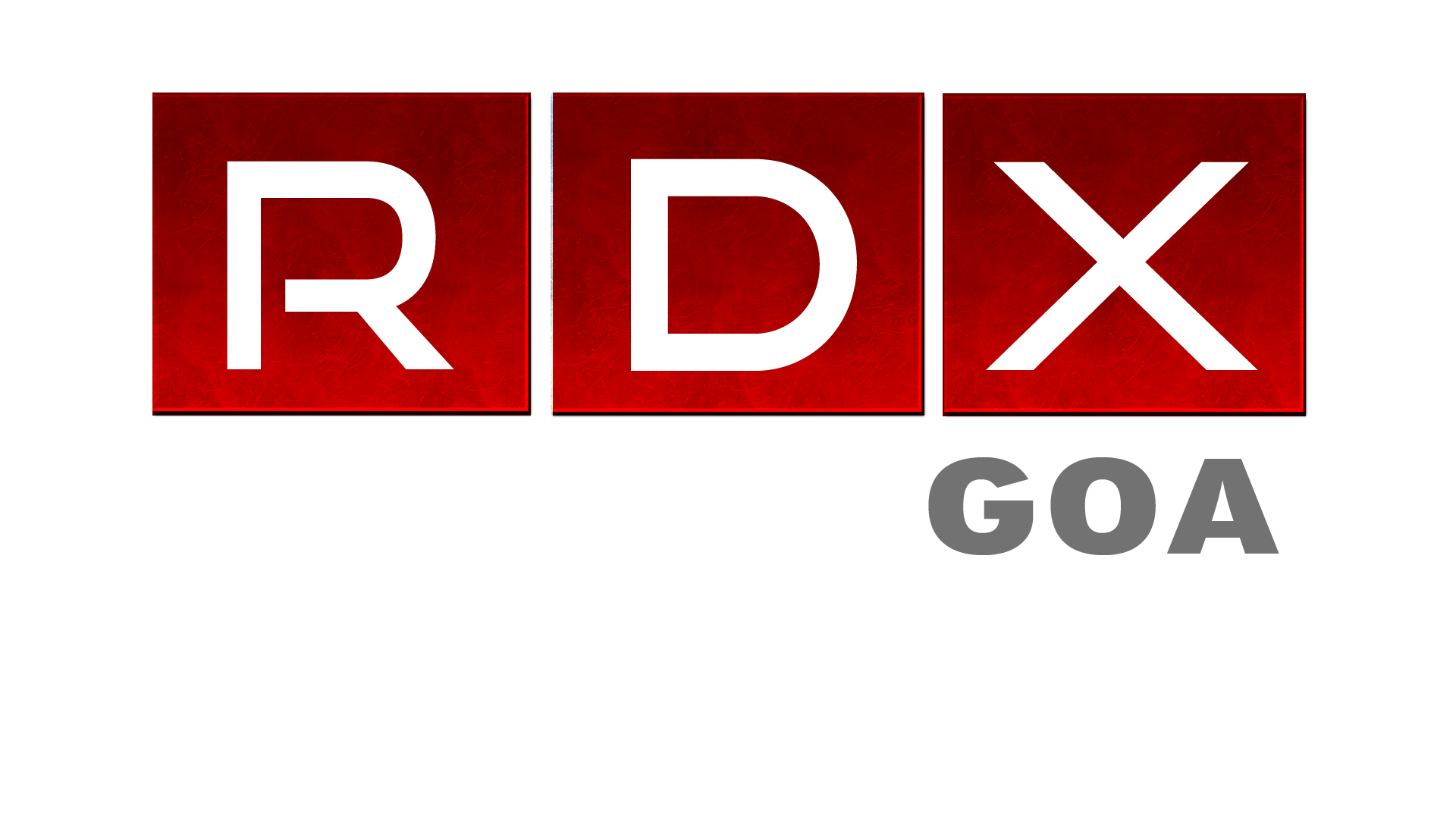
The way internet changed the world, AI ( artificial intelligence) is changing the world now in terms of how we think and function.
It’s the next big thing. From medical field, public services, technology, nothing will escape its reach. Yet it’s mostly what we feed and choose, that will determine the results.
Sundar Pichai the CEO of Google and Alphabet recently introduced new generative AI features in virtually all of his company’s products in the developers conference.
Design, art, literature are all going to be impacted.
Let’s take an example of architecture. We can already witness an influence in parametric architecture in building designs with architectural softwares like Mid-journey, Dall-E etc. For example, Midjourney, Dall-E, are examples of architectural AI softwares, that use generative AI to create unique and innovative designs for architects. The software is capable of generating new and inspiring ideas for buildings and structures, taking into account factors like space, materials, tectonics and environmental impact. By using Midjourney, architects can explore a wide range of design possibilities that might not have been considered before, leading to more creative designs. This not only saves time and resources, but it also allows architects to push the boundaries of what’s possible in their field.
So technology has progressed from aiding to prompting. They help in pushing boundaries for the human mind to explore and the choices one makes becomes one’s identity.
The last few decades has witnessed exponential progress in technology that has changed human interactions and hence behavior.
All walks of life are impacted by this, Art & Design cannot be isolated, infact they are the very essence of the reflection of the world. Hence it’s important that these basic building blocks, are included in the education system for the present generation to be updated and upgraded.
Reflecting on the history of our education system, the Indian systemized institutionalized education framework was introduced by the British during its regime in India. The East india Company needed a service class to build railways, factories, machine operators, etc.
The validity of any profession is directly proportional to the societal and environmental needs of the respective field of the time.
Hence, because of this, the education system laid out by the British was to educate and create a class of people, equipped to be servicing their operations in India.
Without doubt the structures built in the British regime remain iconic and gorgeous to date and even after decades of independence we haven’t been able to build structures as beautiful as them. Perhaps to realize that creativity was not encouraged in younger students then to become artistic architects, but remain skilled technicians. Few and far inbetween Indian architects who were gifted, rather than honed, have created some fabulous work but they are too few in times of a developing country like India.
The educational system then did not encourage or incubate creativity or entrepreneurship in students. Perhaps intentionally so as it did not serve their purpose.
But it’s 75 years since and we as a nation are hopefully coming of age. The New Education Policy 2020, has addressed and laid out a direction that is encouraging. It lays down the ground to address the need of encouraging individuality and creativity in students. There is hope for a holistic education base for students to get a chance to carve their skill sets with their own interest and passion is being tried to work at. Each institution to have its own delivery system is being encouraged. More leeway in delivery of education, within a broad framework is promised in the NEP 2020. This is encouraging as our existing education system’s framework was laid down by the British that has been edited but not revamped.
This is a encouraging development and educational institutions need to take the initiative to create their own language, culture and values to incorporate in their institutions.
The same goes in the field of Fine Art, digital art, functional art, public art are the new areas that need serious syllabus creation and application
Educational institutions are not factories to pass out standardized lot of students with a prescriped skill sets. Instead they are havens that encourage logic, rationale, ways of seeing and thinking, reflecting, inferring exposing them to a holistic environment that encourage creating their own individual style of creating. Each institution needs to ask this question, wether the delivery system they adopt is achieving all of this. For example a fine art student should be able to access knowledge of wood work, engineering, physics, technology besides the traditional subjects of painting and drawing. Entrepreneurship , internships, are skill sets that can come to use for most students.
There are apprehensions by a few that AI will replace humans, but this is the same argument when machines/ computers rather any technological advancement took place. Ai is not going to replace the human mind, we underestimate ourselves by thinking do.
Ai can offer choices, it does not make the decision, the choices made by the individual is what carve out that unique individuality
MEANDERINGS BY MOTLA

To collaborate, please mail us on: [email protected]
(Sonal Motla, curator Kala Ghoda 2020 with development and art as a theme and is currently working towards the issues on education on art, craft and design with a few educational institutions)





